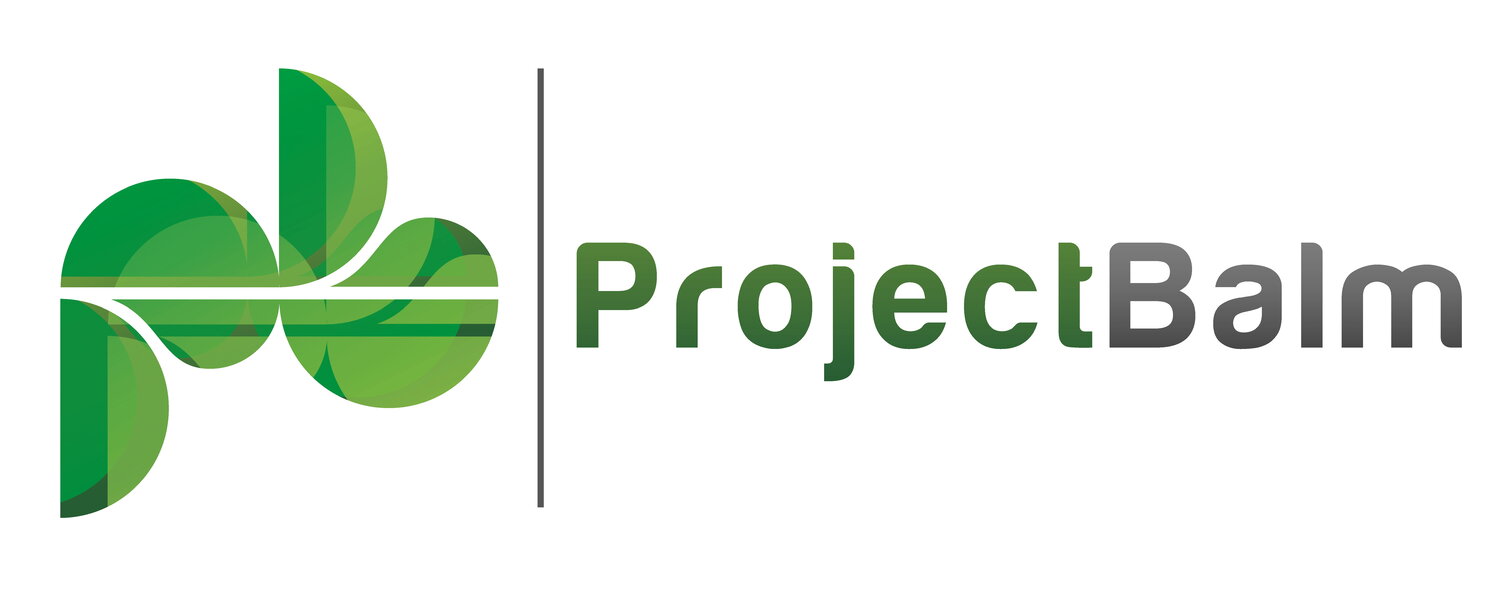Breaking Barriers in Risk Communication
Risk management is all about staying ahead of the game, and effective communication is the secret sauce enabling this. To build a thriving risk culture and align objectives, we need to not only understand risks but also communicate them in a way that resonates with stakeholders. But sometimes, things get lost in translation. Here are four steps to overcome communication barriers and create a seamless risk communication experience for everyone involved.
Step 1: Know Your Audience
First, you have to know who you're talking to. Identify all the key players within your organization, like sponsors, department heads, and end users. Get to know their interests, level of commitment, and influence. Once you have a clear picture, you can determine the type of risk information each stakeholder needs, including the level of detail, frequency, and complexity.
Step 2: Customise Outputs
Now that you know your audience, it's time to design outputs that cater to their unique needs. Think about the hierarchy and levels of detail in the content and make it adaptable. Get creative with delivery methods like reports, briefings, and graphical outputs, keeping in mind accessibility, preferences, and technical abilities. The RACI (Responsible, Approver, Contributor, Informed) Chart is your friend here, helping to clarify roles and expectations. Personalize your outputs using tools such as dashboards, presentation slides, and summary reports. Remember to communicate in a way that resonates with stakeholders and their context, ensuring clarity and relevance.
Step 3: Keep it Fresh
It's crucial to provide timely and accurate information. Regularly update risk information and adjust it according to stakeholders' changing needs or a shifting risk landscape. Share the right level of detail with each stakeholder for effective risk management.
Step 4: Encourage Feedback
Finally, success in risk management hinges on involving stakeholders in an informed manner. Encourage feedback, foster a proactive risk culture, and collaborate to address risks. By breaking down communication barriers, your organization will be better equipped to manage risks, ensuring accountability, transparency, and well-informed decision-making among all stakeholders.
Risk Register by ProjectBalm is a proven tool that helps you record and manage your risks.
